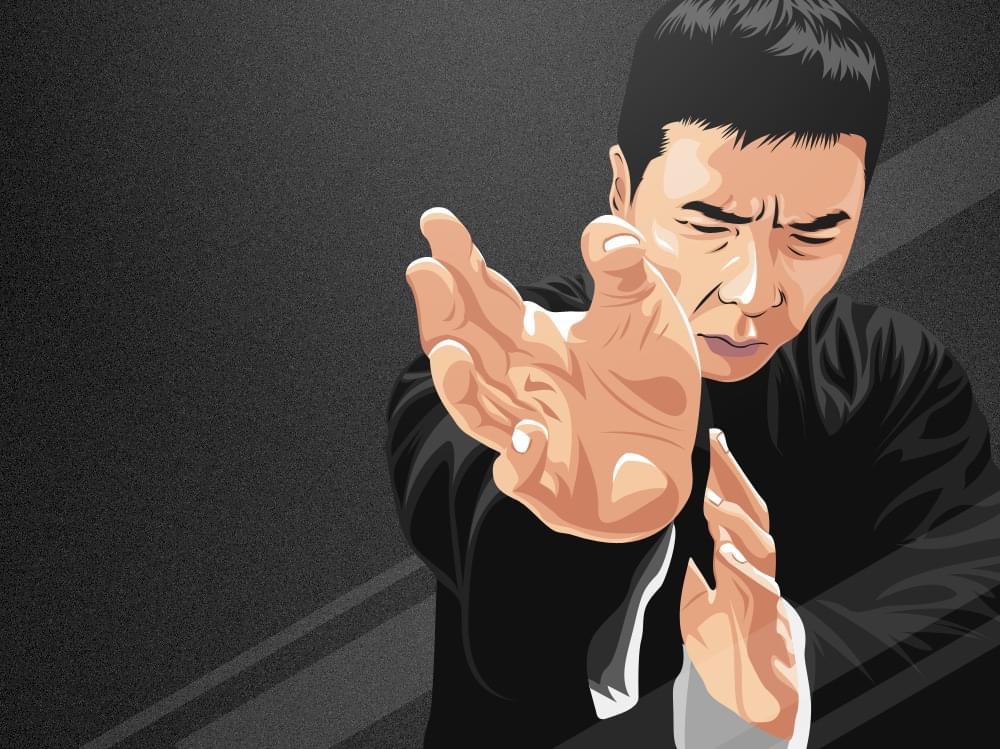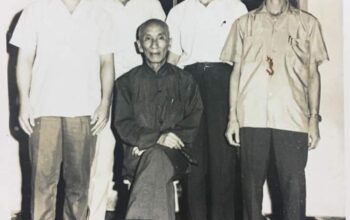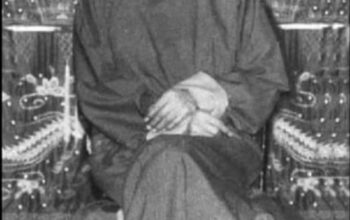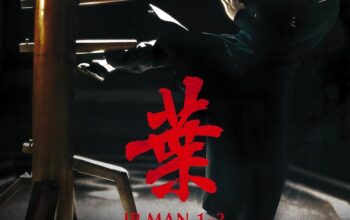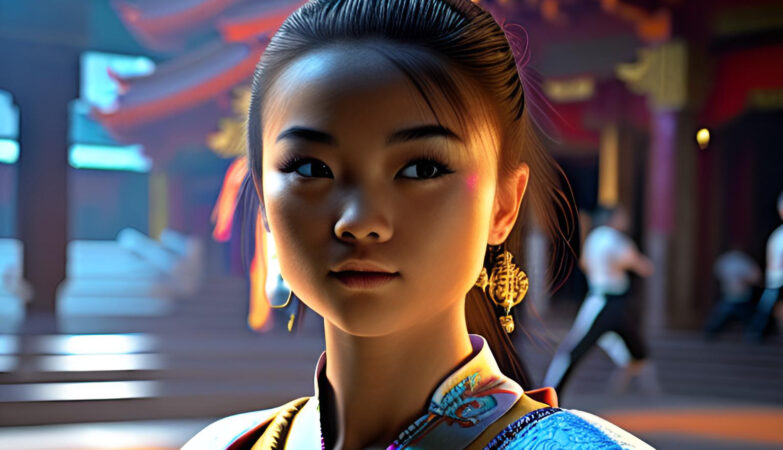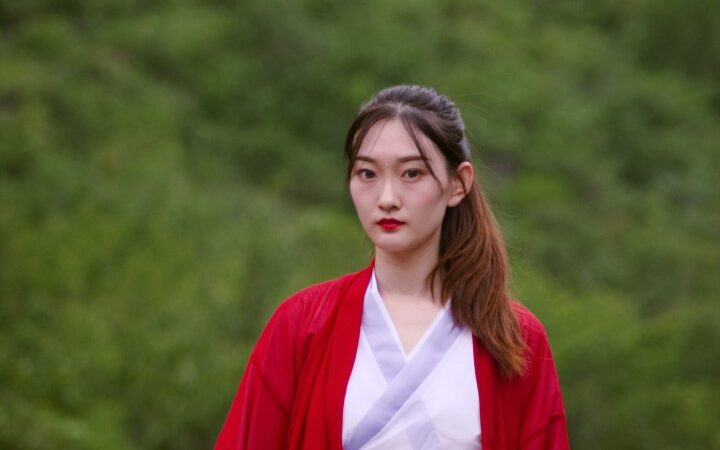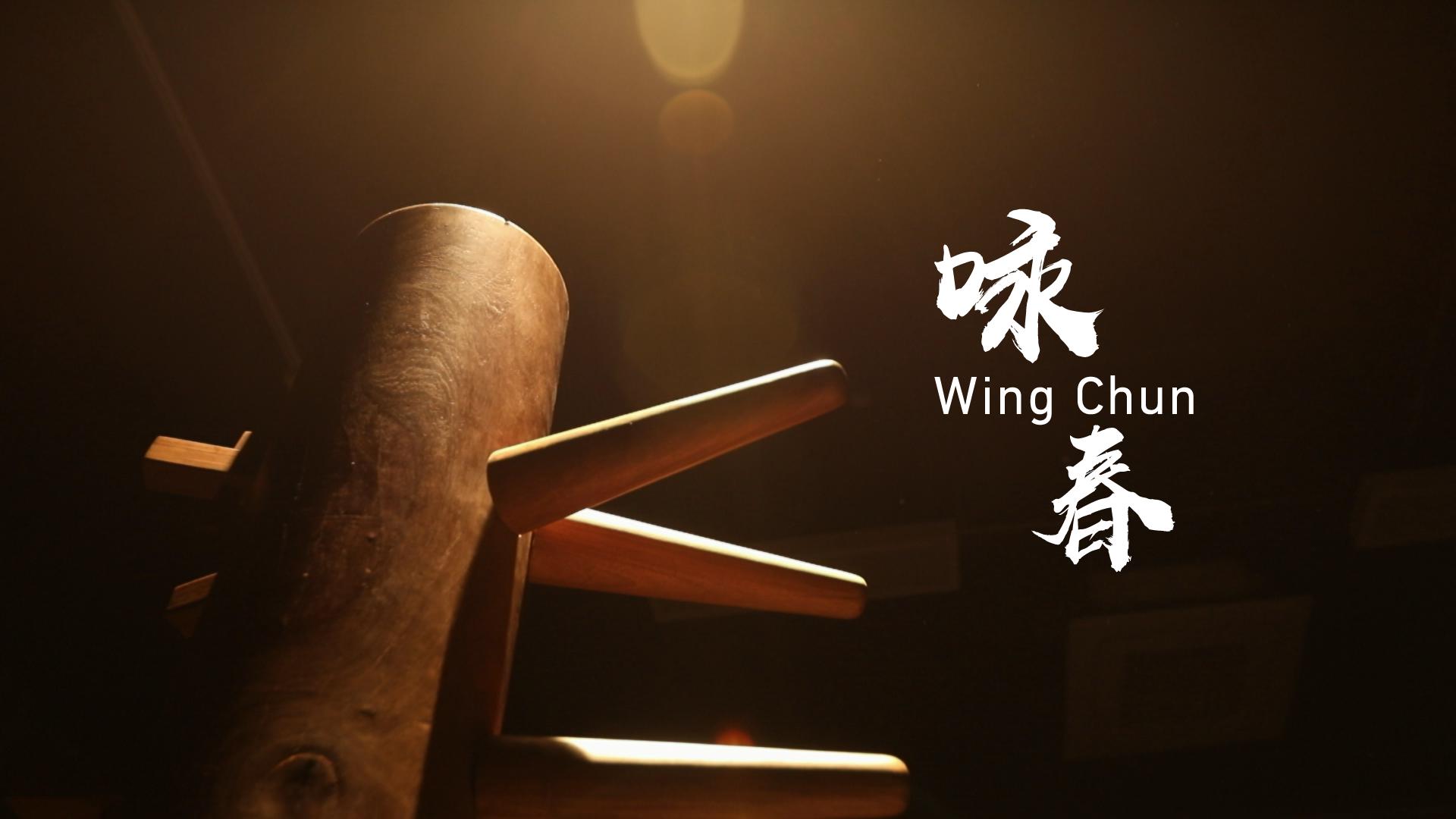Wing Chun is indeed a traditional martial art with deep roots in Chinese culture and history. It is a system of combat that has been passed down through generations, preserving its techniques, principles, and philosophies. Let’s explore the origins and characteristics of Wing Chun as a traditional martial art.
Wing Chun traces its roots back to the southern Shaolin Temple in China during the 17th century. It is believed to have been developed by a Buddhist nun named Ng Mui, who combined her knowledge of martial arts with her understanding of natural principles and efficiency in combat. Ng Mui, along with her student Yim Wing Chun, is credited with creating and naming the style after her.
The core principles of Wing Chun revolve around practicality, economy of movement, and directness. It is designed to be a simple yet effective system that can be utilized by people of various body types and sizes. Wing Chun focuses on close-range combat, emphasizing efficiency, speed, and simultaneous attack and defense. Its techniques are based on natural body movements, making it accessible and applicable to real-life self-defense situations.
In terms of training methodology, Wing Chun places a strong emphasis on structure, sensitivity, and Chi Sao (sticky hands) training. The practice of forms, or “kuen,” is an essential component of Wing Chun training. Forms such as Siu Nim Tao (Little Idea Form), Chum Kiu (Seeking the Bridge), and Biu Jee (Thrusting Fingers) provide practitioners with a systematic progression of movements, teaching them the fundamental techniques, principles, and concepts of Wing Chun.
One of the distinguishing characteristics of Wing Chun is its focus on the concept of “centerline theory.” The centerline refers to an imaginary line running down the center of the body, and Wing Chun practitioners place great importance on controlling and dominating this line. By maintaining a strong centerline position, Wing Chun practitioners can effectively defend themselves while simultaneously launching precise and efficient counterattacks.
The traditional lineage of Wing Chun is preserved through various lineages and lineal descendants of the art’s founders. These lineages have their own unique interpretations and variations of Wing Chun techniques and principles, often passed down through a master-student relationship. The knowledge and teachings are typically transmitted orally and through practical training, emphasizing the importance of direct transmission and personal instruction.
Throughout its history, Wing Chun has gained recognition and popularity beyond its Chinese origins. In the mid-20th century, Grandmaster Yip Man played a pivotal role in popularizing Wing Chun by teaching it openly in Hong Kong and attracting students from various backgrounds. Many of Yip Man’s students went on to become influential Wing Chun practitioners, spreading the art to different parts of the world.
Today, Wing Chun continues to be practiced as a traditional martial art by countless individuals around the globe. It is celebrated for its practicality, efficiency, and effectiveness in self-defense, as well as its contributions to the wider martial arts community. Wing Chun has also influenced other martial arts styles and has been integrated into modern combat sports and self-defense systems.
In conclusion, Wing Chun is firmly established as a traditional martial art with a rich history and cultural significance. Its origins can be traced back to the southern Shaolin Temple in China, and it has been passed down through generations, preserving its techniques, principles, and philosophies. Wing Chun’s emphasis on practicality, economy of movement, and centerline theory sets it apart as a unique and valuable system of self-defense and personal development.
